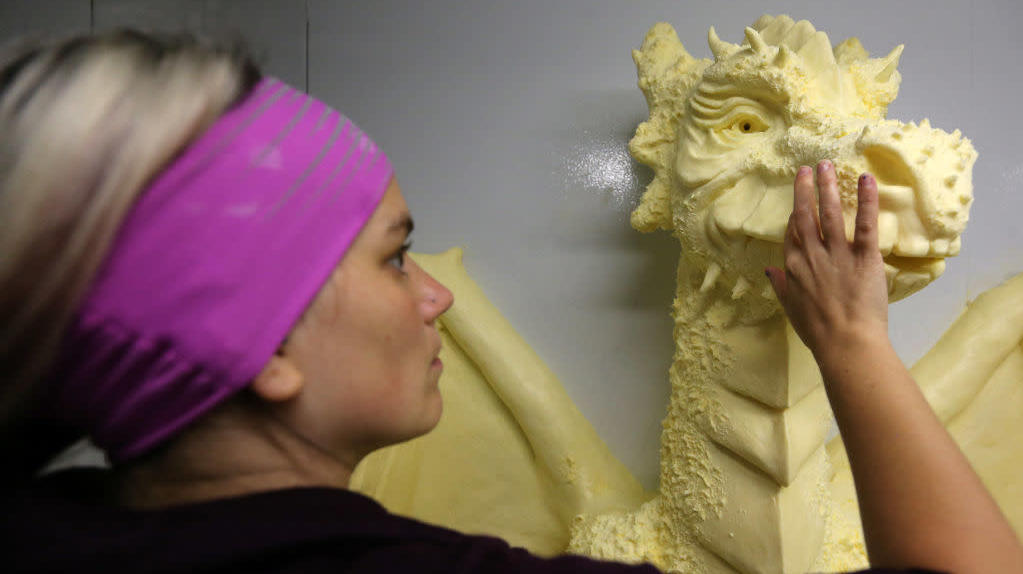Canadians Wonder Why Their Butter Is So Hard
This headline sounds like a dirty joke, but it's not. Canadians are truly concerned about the state of their butter. Food writer Julie Van Rosendaal brought it to the nation's (and the world's) attention a few weeks ago with a tweet:
"Something is up with our butter supply," she wrote, "and I'm going to get to the bottom of it. Have you noticed it's no longer soft at room temperature? Watery? Rubbery?"
Hundreds of other Canadians (and even a few Yanks) confirmed that she was not just imagining things. They were, indeed, having a difficult time spreading butter on their toast. And this in a time when everyone really needs the comfort of buttered toast!
True to her word, Van Rosendaal made her investigation official in her column for The Globe and Mail.
What was going on with butter? In my mind, the answer likely had to do with a change in the properties of the fat itself; saturated fats, such as tallow and lard, are solid at room temperature, and mono- and polyunsaturated fats, such as canola and olive oil, are liquid at room temperature. Milk fat has among the most complex fatty-acid profiles of all the dietary fats, and when it comes to dairy, what comes out has very much to do with what goes in.
In the tradition of investigative reporters everywhere, she was helped along by a mysterious source: someone who used to work in the livestock feed industry who reached out to her via Instagram DM. Call them Deep Teat. "They suggested the current pandemic-related supply-chain disruptions could be a factor, particularly when it comes to overseas imports," Van Rosendaal wrote. "Dairy feed uses a lot of palm fats and molasses, the person said, which must be shipped from overseas."
There's nothing illegal about any of this: palm fat is a standard ingredient in cow feed all over the world. What a cow eats must come out somehow, and a high level of palm acid in a cow's milk will translate into a high level of palm acid in butter, even if nothing else is added to it. A higher level of palm acid in butter would give it a higher melting point.
The Canadian dairy immediately took notice, Food & Wine reports. The senior director of Dalhousie University's Agri-Food Analytics Lab supported Van Rosendaal's hypothesis. The Dairy Processors Association of Canada insisted that there had been no change made to butter production in Canada and that every stick of butter in the country was made from nothing more than pure Canadian cream from Canadian cows, along with a bit of salt.
The Dairy Farmers of Canada, meanwhile, called in its own expert, who confirmed that palm oil in feed can affect the hardness of butter. In a subsequent statement, it added that palm oil in feed gives cows more energy. But it assured Canadians that it is putting together an expert committee to look into the situation. Here's hoping that butter will get back to its normal level of softness before the filming of the next season of The Great Canadian Baking Show.
